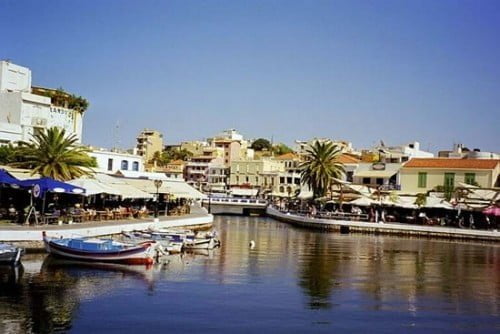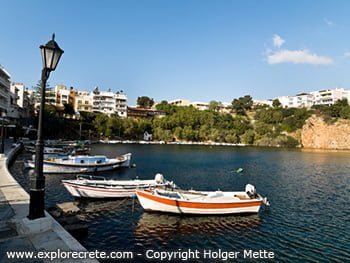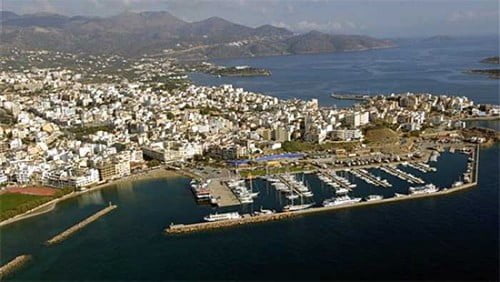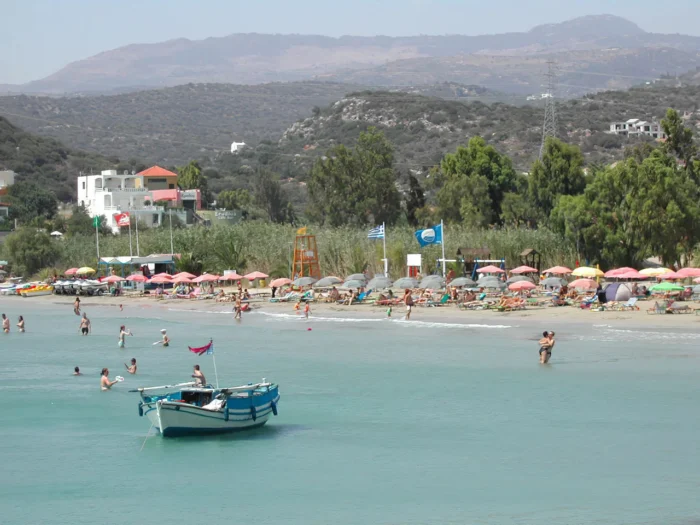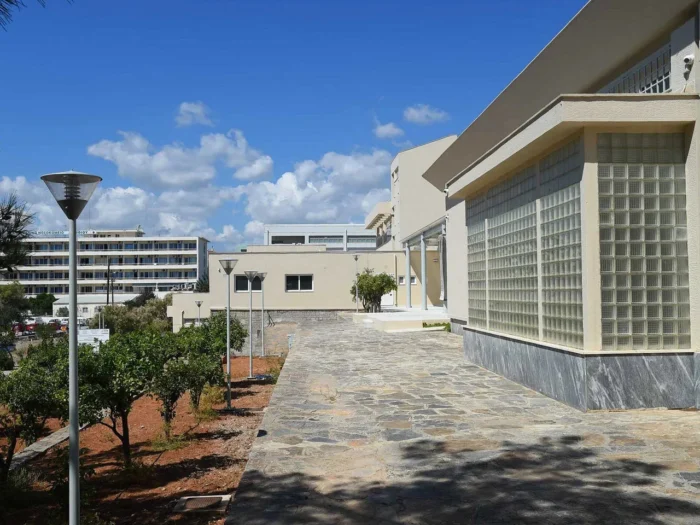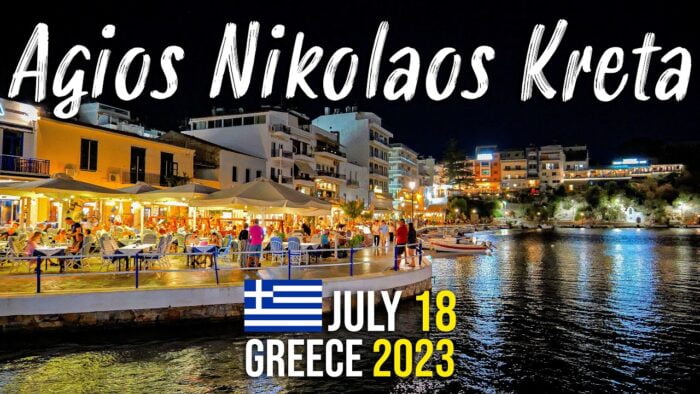Vrahassi
The traditional village of Vrahassi
The traditional village of Vrahassi is just a few kilometres east from Sissi. It is 43 kilometers from Heraklion and 21 kilometers from Aghios Nikolaos. The village is known for its traditional Cretan architecture, featuring narrow alleys, stone-built houses, and small squares.
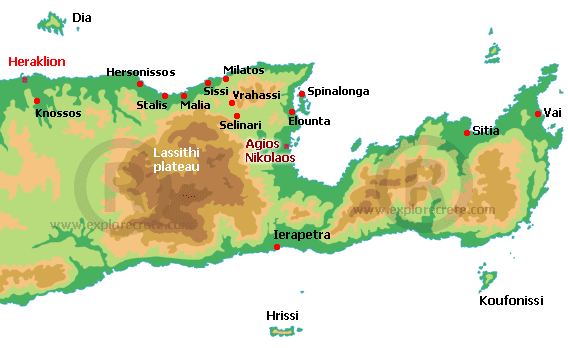
What to see in Vrahassi
Upon entering Vrahassi from the east (the old national road between Agios Nikolaos and Heraklion), you’ll see the village square with its quaint kafeneion and food emporiums.
Taking a road parallel to the village’s main street, you come upon the interesting old narrow streets of the town. Walking along, you will see an old water fountain and several old windmills.
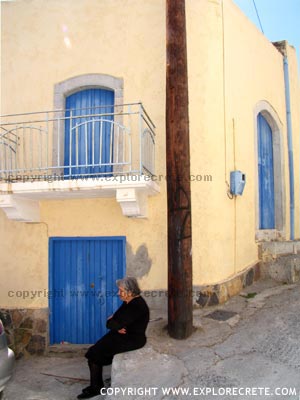
Uphill from this point is a second square which is tree-lined and cobble-stoned, and is complete with another old sculptured fountain and the town’s famous plane tree.
The Folklore exhibition “Vrahassi House” is another important site in the village. It is housed in a house built in 1880 with the typical traditional architecture of Crete. The purpose of this exhibition, which started its operation in 2009, is to highlight the history of Vrahassi and revive the forgotten (or completely lost) rural life in Crete.
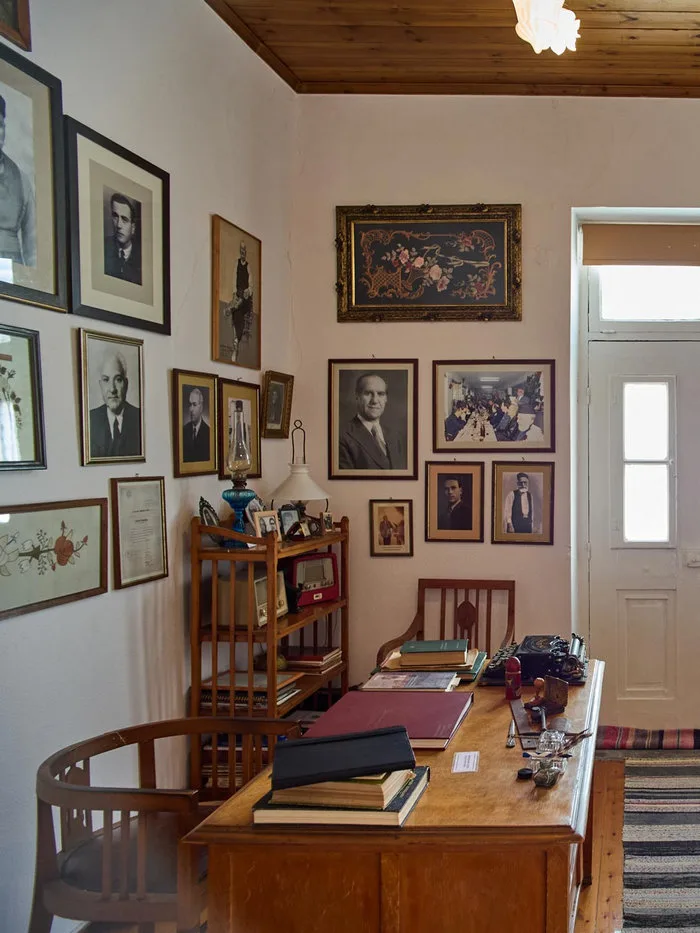
The “House of Vrahassi” spans two floors. It offers an immersive experience into the everyday lives of Vrachassi’s inhabitants, as well as a comprehensive insight into the folklore and history of Eastern Crete. The exhibition boasts an extensive collection of everyday artifacts, complemented by a valuable array of photographs. This includes images of prominent individuals who played pivotal roles in the Cretan uprisings, thereby enriching visitors’ understanding of the region’s vibrant past.
A couple of kilometres from Vrahassi there is an important historical monument – an old monastery and the church of Saint George of Vrahassi, with its imposing belfry of original architecture. Although currently unoccupied, monk cells, the central church, a dining room, an olive oil mill, a bakery, and various other structures have undergone restoration.
© explorecrete.com All Rights Reserved. Reproduction or copying without permission is prohibited.

